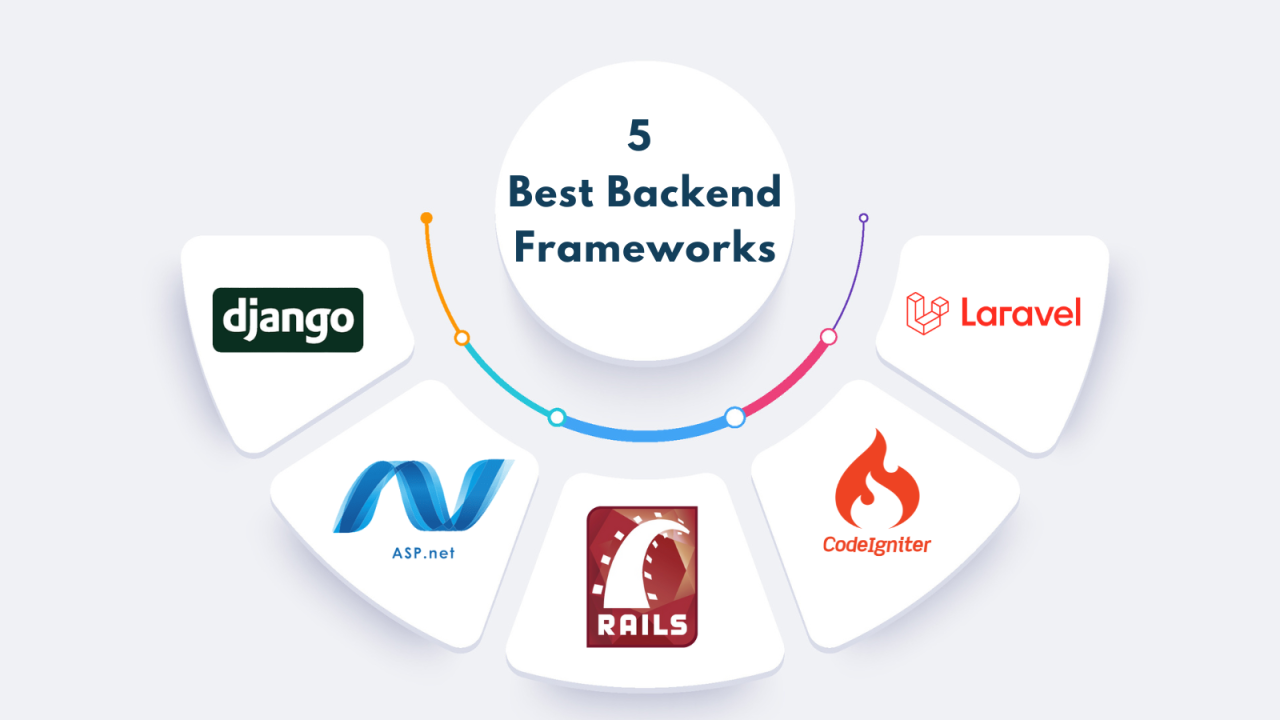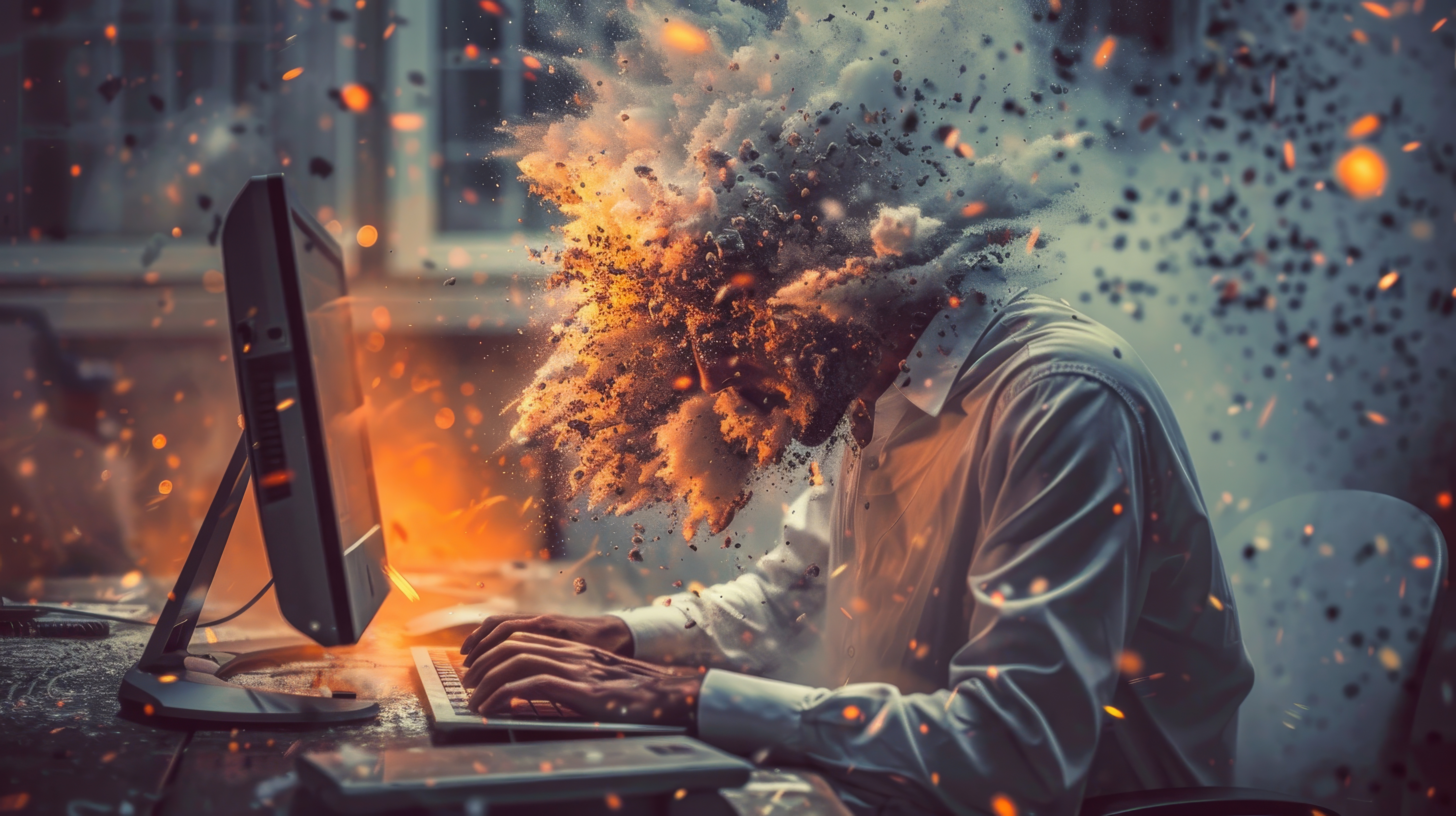When you browse a website, everything you see and interact with—the fonts, colors, dropdown menus, and sliders—are part of the front end. But have you ever wondered what makes all that possible? Where is the data stored, and how does it all work seamlessly? This is where the backend comes in, handling the behind-the-scenes operations that make websites functional.
In our previous article, we introduced you to the world of Front-End Development. Now, let’s explore the pathway to becoming a Back-End Developer, a crucial role in web development.
The Pathway to Back-End Development
Backend development involves several programming languages, each with its unique strengths. Common backend languages include PHP, Python, JavaScript, Java, Go, and Dart. There are also functional languages like Erlang and Scala, as well as scripting languages such as Python and Node.js. The first step in backend development is choosing a programming language to specialize in.
Once you've selected a language, it's essential to dive deep into it by practicing and building projects. This hands-on experience helps solidify your understanding and allows you to explore the language's capabilities.
Exploring Backend Frameworks
Frameworks are essential tools that streamline the development process, enabling developers to build projects more efficiently. Here are some popular backend frameworks:
-
PHP Frameworks:
- PHP is a longstanding and widely used language in web development. Popular frameworks include Laravel, CakePHP, and Phalcon.
- It's helpful to compare these frameworks to determine which best suits your project needs.
-
JavaScript Frameworks:
- JavaScript is a versatile scripting language used in both web and app development. Node.js serves as the engine to run JavaScript on the server side.
- Popular backend frameworks for JavaScript include ExpressJS, Hapi, and AdonisJS.
-
Python Frameworks:
- Python is particularly popular in the fields of machine learning and data science. For backend development, frameworks like Django, Flask, and Kiwi are widely used.

What's Next in Backend Development?
Backend development is a vast field with many areas to explore. In this blog, we've covered the foundational aspects of backend development, but there are more advanced topics to delve into, such as databases, microservices, and server architecture. These topics will be covered in our next post to keep the learning experience manageable and focused.
Stay tuned as we continue our journey into the world of backend development, where we'll explore the critical components that power the web and make it all possible.


























